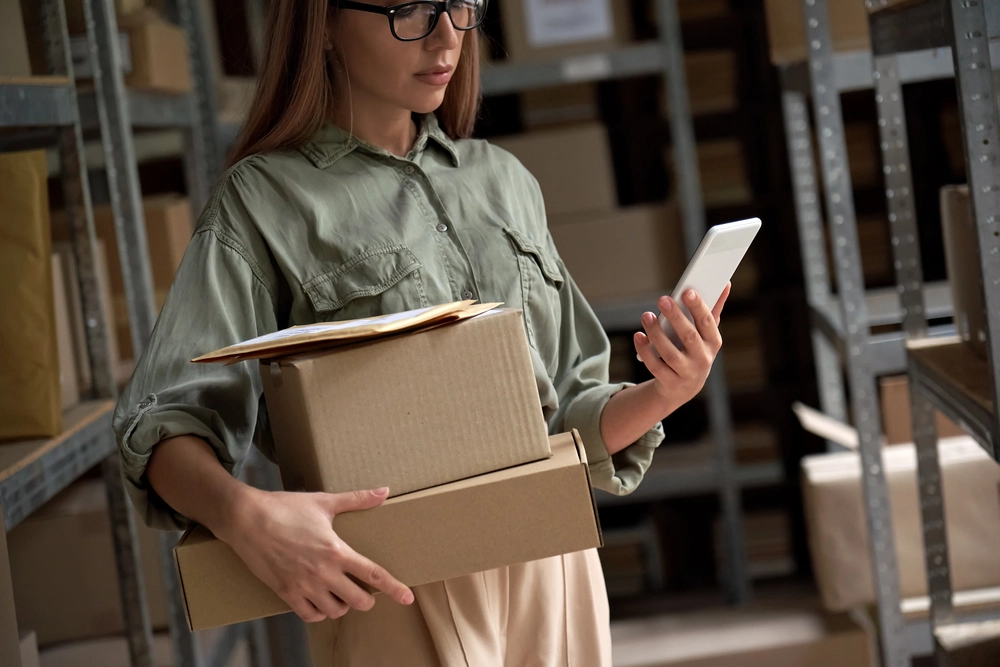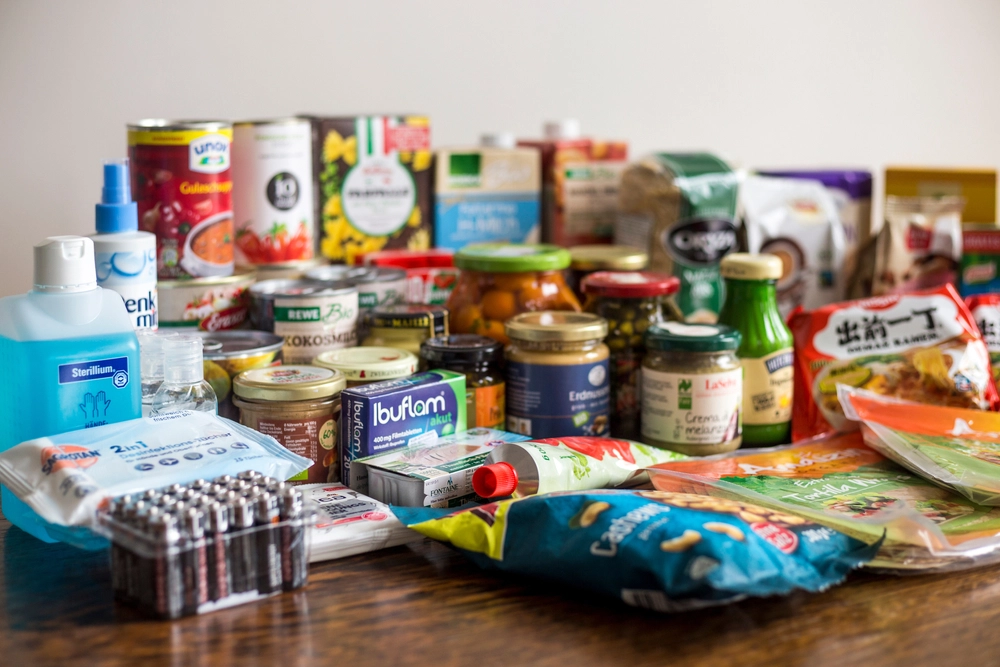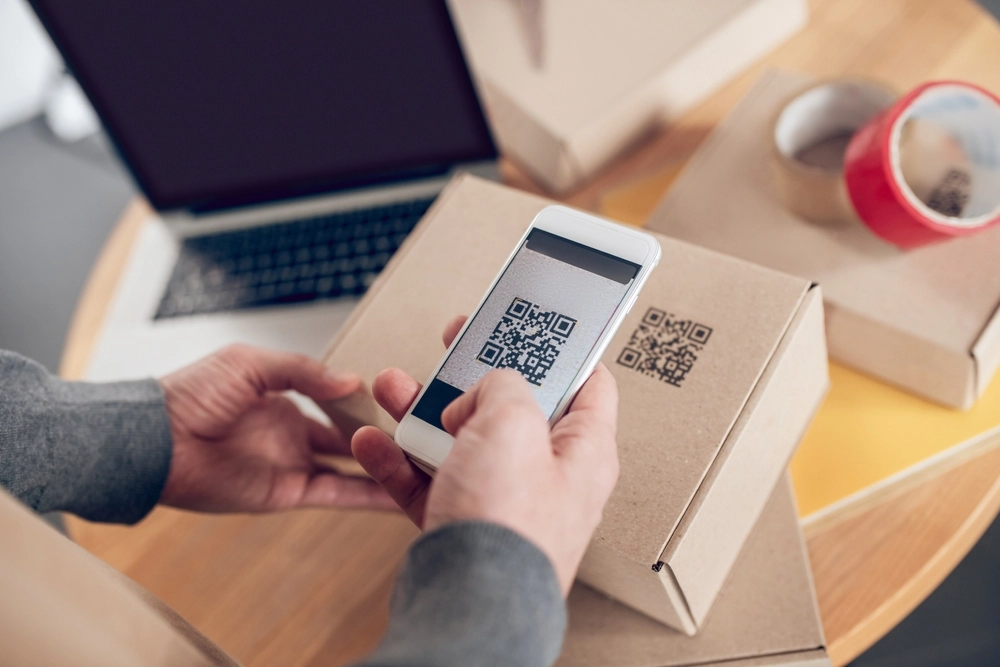Packaging Today and Beyond: Industry Trends for 2023
Packaging is an essential component of modern-day business, as it serves as a protective barrier between a product and its environment. The primary purpose of packaging is to protect and preserve the product from contamination, damage, and tampering during storage and transportation. However, packaging has evolved beyond its primary function to become a critical marketing tool that influences consumers’ purchasing decisions.
The packaging industry has significantly grown in recent years, driven by the increasing demand for sustainable and eco-friendly packaging, e-commerce, and changing consumer preferences. Furthermore, with technology advancing at an unprecedented pace and consumer behavior changing rapidly, the packaging industry is poised for significant transformation in the coming years.

This article will explore the latest packaging industry trends and predictions for 2023. It will also provide insights into how companies can adapt to these trends to remain competitive in a rapidly changing market.
The Importance of Keeping Up With Packaging Trends
In today’s fast-paced business environment, it’s more important than ever for companies to stay up-to-date with the latest packaging trends. Here are a few reasons why:
- Meeting consumer expectations: As consumers become more savvy and demanding, they expect packaging to not only protect the product but also provide an engaging and convenient experience. By keeping up with the latest packaging trends, companies can ensure that they are meeting these expectations and staying relevant to their target audience.
- Staying competitive: In a crowded marketplace, packaging can be a key differentiator for companies. By adopting innovative packaging solutions and staying ahead of the curve, companies can set themselves apart from their competitors.
- Improving sustainability: As sustainability becomes an increasingly important consideration for consumers and regulators, companies that adopt eco-friendly and sustainable packaging solutions can reduce their environmental impact and appeal to socially conscious consumers.
- Enhancing brand image: Packaging is often the first point of contact between a consumer and a product. It can therefore have a significant impact on consumer behavior and brand perception. By using packaging that reflects the brand’s values and personality, companies can create a positive and memorable impression.
- Optimizing supply chain efficiency: Packaging plays a critical role in the supply chain. Thus, adopting packaging solutions that are optimized for transportation, storage, and handling can improve efficiency and reduce costs.
Overall, keeping up with packaging trends is essential for companies that want to remain competitive, meet consumer expectations, and create a positive brand image. By investing in innovative packaging solutions and staying ahead of the curve, companies can position themselves for long-term success in the dynamic packaging industry.
Current Packaging Industry Trends

The packaging industry is constantly evolving to meet changing consumer needs and expectations. In recent years, the industry has witnessed several key trends that are driving innovation and shaping the future of packaging. Here are some current packaging industry trends:
1. Sustainability and eco-friendly packaging
Sustainability is a growing concern among consumers, and the packaging industry is responding by developing eco-friendly packaging solutions. The global market for sustainable packaging is projected to reach $358.3 billion by 2028, up from $265.9 billion in 2021. Companies are also exploring alternative packaging materials such as plant-based plastics to reduce their reliance on traditional petroleum-based plastics.
2. Digital Printing and personalization
Digital printing technology has revolutionized the packaging industry, allowing for more complex designs and greater personalization. According to a report from Allied Market Research, the global market for digital printing in packaging is projected to grow at a CAGR of 9.1% between 2022 to 2031, reaching $49.9 billion by 2031.
Digital printing enables companies to print smaller quantities of customized packaging, making it easier to target niche markets and personalize products for individual consumers. Digital printing also allows for more efficient production and reduces waste.
3. E-Commerce packaging
The rise of e-commerce has driven the need for specialized packaging solutions that can withstand the rigors of shipping and handling. The global retail e-commerce packaging market is expected to grow at a CAGR of 5% between 2022 and 2027.
E-commerce packaging must be sturdy, protective, and efficient to minimize shipping costs while protecting the product during transit. Companies are developing packaging solutions that are optimized for e-commerce, such as pre-packaged boxes that fit standard shipping dimensions and protective inserts that prevent damage during shipping.
4. Smart packaging
Smart packaging refers to packaging that contains electronic components or sensors that can communicate information about the product to the consumer or the manufacturer. These can help companies track inventory, monitor supply chains, and reduce waste. For instance, a smart label on a food package could alert the consumer when the product is about to expire, or a sensor in a pharmaceutical package could confirm that the product has not been tampered with.
5. Augmented Reality (AR) and Virtual Reality (VR)
The global market for AR and VR is expected to have a market share of $37.0 billion and is projected to reach $114.5 billion by 2027. This technology allows companies to create interactive packaging experiences that engage consumers in new and innovative ways.
For instance, AR-enabled packaging can allow consumers to scan the package with their smartphone and view product information, promotions, and other multimedia content. Meanwhile, VR-enabled packaging can offer consumers an immersive experience that simulates the product in a virtual environment. As this technology continues to develop and become more accessible, it has the potential to revolutionize the way consumers interact with packaging and brands.
Future Packaging Industry Trends

The packaging industry is expected to continue evolving and innovating in the coming years, as new technologies and changing consumer preferences drive the need for new packaging solutions. Here are some of the future packaging industry trends that are expected to shape the industry in 2023 and beyond:
1. Circular economy packaging
The circular economy is a regenerative system wherein waste is minimized and resources are used more efficiently. In the packaging industry, this means designing packaging that can be easily recycled or reused, with the goal of creating a closed-loop system where packaging waste is reduced to zero.
The adoption of circular economy principles in the packaging industry has become more prevalent. Companies that adopt circular economy packaging solutions will be well-positioned to meet changing consumer demands for sustainable packaging.
2. Intelligent packaging
Intelligent packaging refers to packaging that is able to communicate with consumers, retailers, and manufacturers in real-time. This can include packaging with embedded sensors or smart labels that can provide information about the product’s origin, freshness, and authenticity.
Intelligent packaging can also be used to track the product’s journey through the supply chain, providing valuable data to help optimize the distribution and logistics process. The current total demand for intelligent packaging is expected to rise at 9% between 2023 and 2033, with the industry size set to reach $56.0 billion by the end of that period.
3. Plant-based and biodegradable packaging
As consumers continue to demand more sustainable packaging solutions, companies are exploring plant-based and biodegradable materials as alternatives to traditional petroleum-based plastics. Plant-based plastics are made from renewable resources, such as corn or sugarcane, and biodegradable plastics can break down into natural elements over time.
4. Personalized and interactive packaging
Advancements in digital printing and smart packaging technologies are driving the development of personalized and interactive packaging solutions. Packaging designs can be personalized with the consumer’s name or interests, or that contain interactive elements such as QR codes that can provide additional information or entertainment.
Adopting personalized and interactive packaging solutions can allow businesses to differentiate themselves from competitors and provide a more engaging and memorable customer experience.
5. Tamper-evident and anti-counterfeit packaging
With the rise of counterfeit drugs and the importance of ensuring the safety and efficacy of pharmaceutical products, many companies are investing in packaging solutions that incorporate features such as holograms, RFID tags, or unique serialization codes to verify the authenticity of the product.
According to a report by MarketsandMarkets, the global market for anti-counterfeit packaging in the pharmaceutical and healthcare industry was expected to grow from $117.2 billion in 2021 to $211.3 billion by 2026, at a CAGR of 12.5%. As the regulatory landscape evolves and consumers become more aware of the risks posed by counterfeit drugs, this trend is likely to continue to gain momentum.
Sustainability as the Driving Force for Innovation
The packaging industry is poised for significant change and innovation in the coming years. With increasing consumer demands for sustainable and eco-friendly packaging solutions, companies must adapt and invest in new technologies and materials to remain competitive.
As companies navigate the latest trends, it’s important to keep in mind the importance of balancing sustainability with functionality and cost-effectiveness. By adopting innovative packaging solutions that meet the needs of both consumers and businesses, brands can gain a competitive edge while also contributing to a more sustainable future.
Meyers is committed to helping clients create innovative, sustainable packaging solutions that meet the demands of today’s consumers. Reach out to our experts to learn more about how we can help you stay ahead of the latest trends and technologies in the packaging industry.

